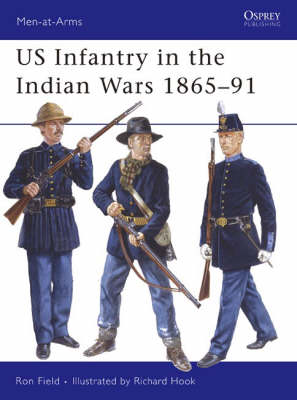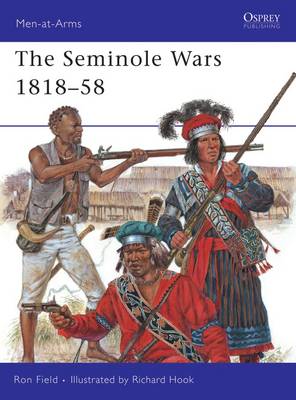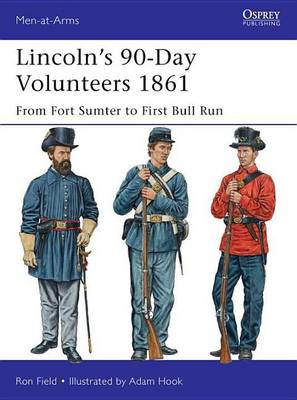Men-at-Arms
3 primary works • 4 total works
Book 426
The Southern states which formed the Confederacy in 1861 fielded many units of volunteer troops wearing a remarkably wide variety of uniforms, often reflecting foreign influences. In a spirit of independence many states also issued their own uniform regulations on the outbreak of the American Civil War; and these non-standard uniforms were often retained until well into the course of the war. The regulation patterns centrally prescribed by the Confederate Army were only ever followed unevenly, and state quartermasters continued to issue uniforms showing regional and state differences. This last in a series of six titles studies the archival and pictorial evidence for the infantry, cavalry and artillery of the final states to secede from the Union - Missouri, Kentucky and Maryland - and is illustrated with fascinating early photographic portraits.
Book 438
Contrary to the image portrayed by Hollywood, the infantry played as great a part in the Indian Wars of the 1860s-80s, and were more consistently successful than their more famous counterparts in the Cavalry. The great Paiute War of 1866, where the infantry of the most renowned Indian-fighting general, George Cook, excelled in battle, together with the role of other infantry units in the final subjugation of Geronimo's Apaches in 1886, are but two instances of their achievements. Featuring their involvement in the legendary battles of Wounded Knee and Wolf Mountains, this narrative presents an illustrated history of these critical but overlooked soldiers of the Indian Wars, culminating in the eventual "closing" of the American Frontier in 1890 and the final conquest of the indigenous inhabitants of North America.
Book 454
The Seminole of Florida were one of five so-called 'Civilized Tribes' who for many years lived in peace with the settlers. However, by 1815, frontier Americans had grown increasingly envious of their relative wealth and land, and resentful of their harbouring of former slaves. This book reveals the dramatic stories behind the ensuing Seminole wars, examining the dogged resistance displayed by the Seminole as they endured three drawn-out campaigns. Illustrated with careful reconstructions of the colourful and varied clothing and uniforms worn by both sides, the author discusses the organization and history of a tribe that refused to give in, until the sheer weight of the opposing forces ultimately led to their defeat.
On April 15th 1861, the day after the fall of Fort Sumter, President Abraham Lincoln issued a call for 75,000 volunteers to enlist for three months' service to defend the Union. This 90-day period proved entirely unrealistic and was followed by further, and much more extensive, mobilizations. Despite this, for the first few months the defence of the Capitol depended heavily on a hastily gathered, but extremely loyal, army of militiamen and volunteers. Mostly inexperienced, poorly trained, weakly officered, and provided with motley uniforms, equipment and weapons, they bought the Union time during the vital first months. Through a wide range of period sources, this title describes and illustrates the actual appearance of this diverse and colorful force, including photographs, eyewitness accounts in period newspapers and letters, the reports of government agents, and the records of the many manufacturers who received orders to clothe and equip their state troops.



